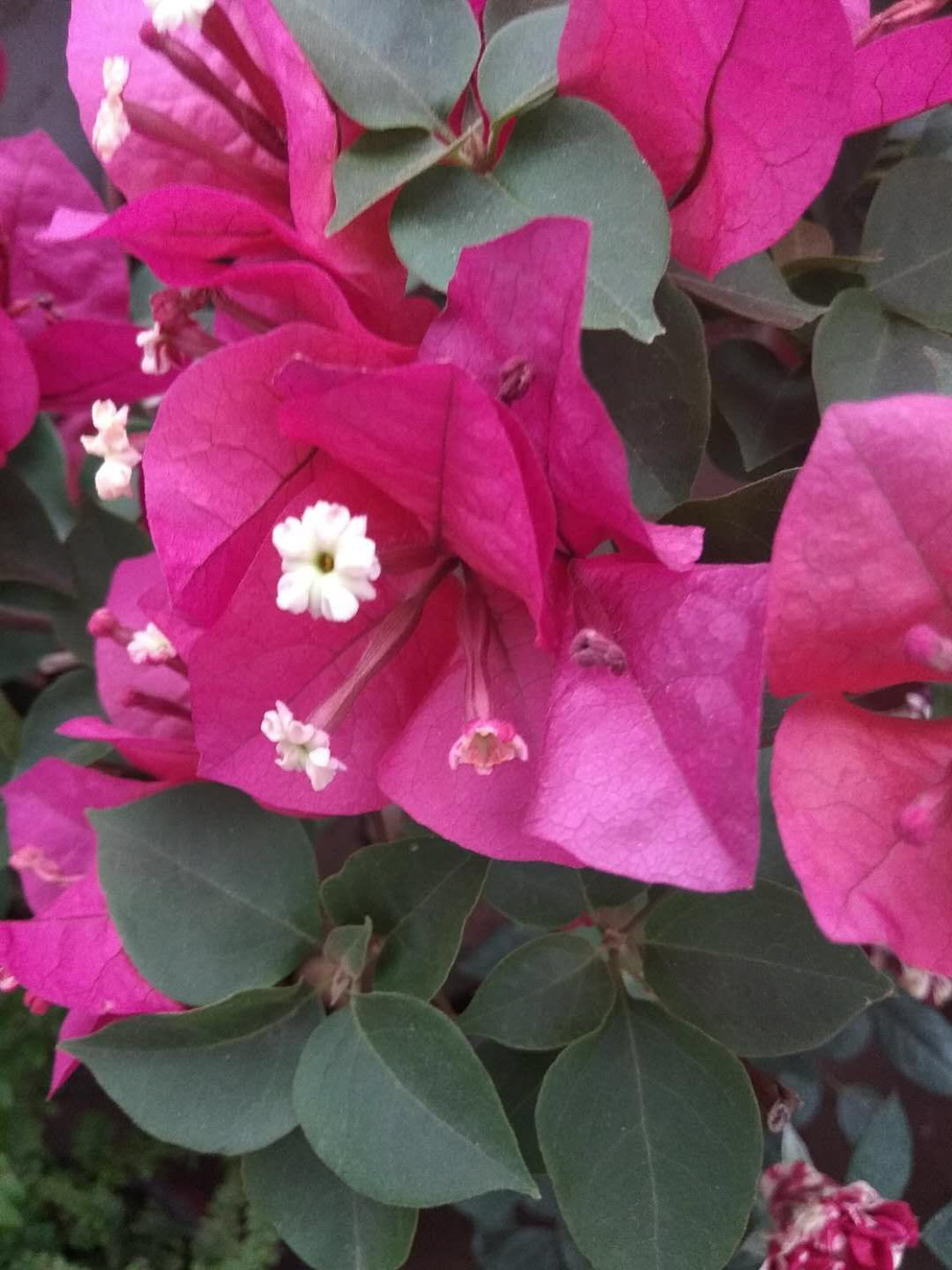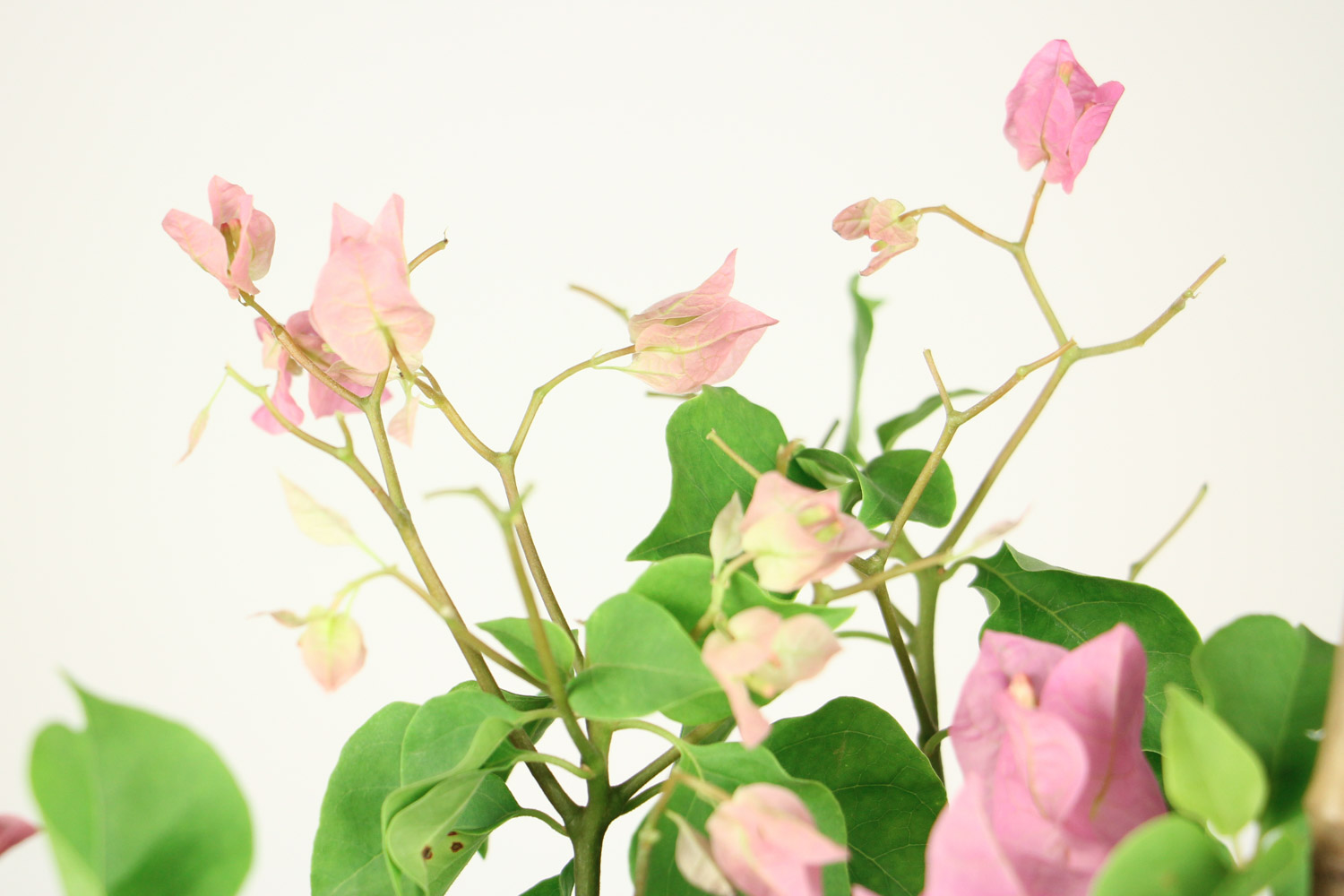1、 Breeding environment
1. Soil: the requirements for soil are not strict. It is best to choose loose soil with good drainage
2. Watering: water twice a day in summer. Reduce the amount of water after flowers wither. Excessive watering will lead to fallen leaves or rotten roots. Watering should also be controlled in winter. Increase the amount of water in summer. If there is a lack of water, there will be fallen leaves, which will affect normal growth or flowering
3. Fertilization: apply nitrogen fertilizer every 10-15 days after warming, apply cake fertilizer and water once a week during growth, apply phosphorus fertilizer appropriately during flowering, and stop fertilization when the temperature is low in winter
4. Light: triangle plum likes sunshine. If the light is insufficient, it will weaken its growth and affect its flowering. In winter, it's best to put it in a place with sufficient light and give it more than 8 hours of light every day, otherwise it's easy to fall leaves

2、 Breeding method
1. Cutting propagation: cut off the healthy branches growing in the current year, insert them into the matrix, expose the branches with leaves, cover them with film after watering, and place them in the position exposed by astigmatism
2. High pressure propagation: cut the high-pressure branches two inches above the bifurcation of the female parent, wrap them with wet soil and tie them tightly with plastic bags, and the roots will grow in a month

3、 Common diseases and insect pests
Common diseases and pests include aphids, dead shoot disease, etc. after discovery, it is necessary to spray with dimethoate or tobuzin and other agents in time. At ordinary times, it is necessary to loosen the soil and weed properly, strengthen ventilation, and remove the diseased leaves and branches, so as to reduce the spread of the disease source


 how many times do yo...
how many times do yo... how many planted tre...
how many planted tre... how many pine trees ...
how many pine trees ... how many pecan trees...
how many pecan trees... how many plants comp...
how many plants comp... how many plants can ...
how many plants can ... how many plants and ...
how many plants and ... how many pepper plan...
how many pepper plan...


























